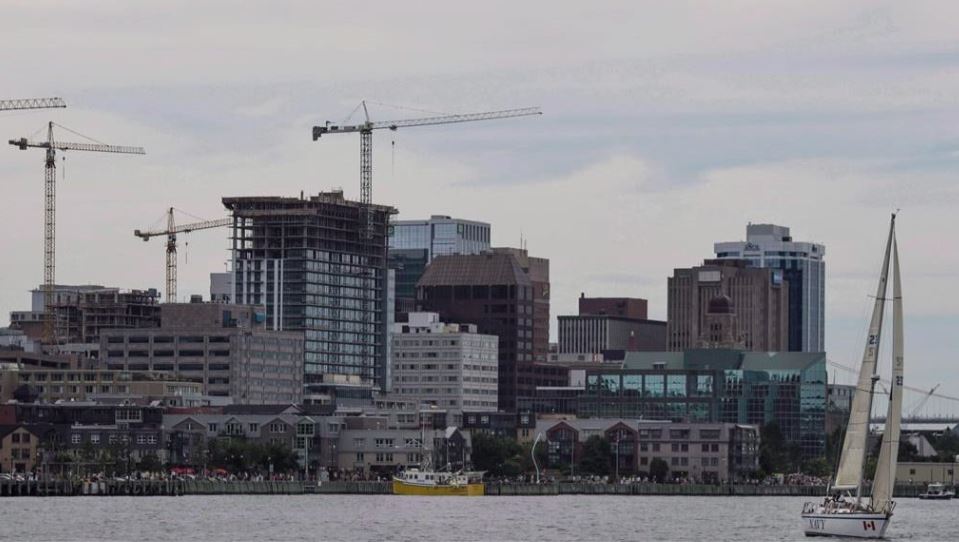Halifax one of the fastest-growing urban regions, Statistics Canada says
Posted Jan 11, 2023 07:45:00 PM.
Atlantic Canada led the way among Canadian cities when it came to population growth last year as the Moncton, N.B., and Halifax metropolitan areas recorded the highest rate of increase in the country, according to data released Wednesday by Statistics Canada.
The agency said the Moncton metropolitan area grew by 5.3 per cent between July 1, 2021, and July 1, 2022, while Nova Scotia's capital grew by 4.4 per cent.
“These growth rates are more than twice that of Canada for the same period (+1.8 per cent) and represent the first time in at least 20 years that both the fastest growing (census metropolitan areas) are found in the Atlantic provinces,” the report read.
Statistics Canada said large urban regions across Canada experienced a significant rebound of their population growth in the past year, with many seeing their fastest rate of increase since 2001 or 2002.
The agency says most of the growth in Canada's cities is fuelled by international migration, which rose last year after being limited by the COVID-19 pandemic.
“In 2021/2022, annual estimates for provinces and territories showed that Canada’s population grew by 657,833 people from this source alone, more than any year since at least 1971/1972,” the agency wrote.
Statistics Canada found that cities' population growth came from both permanent immigrants and non-permanent residents, which includes foreign students and people with work permits.
Montreal and Thunder Bay, Ont., grew at the slowest pace of the major metropolitan areas over the last year, with growth rates of 0.9 per cent and 0.2 per cent, respectively.
Charlottetown reported one of the highest growth rates among smaller urban areas. High international migration to the city resulted in a growth rate of 4.1 per cent — just behind Lachute, Que., at 4.2 per cent, and ahead of Wasaga Beach, Ont, at 3.9 per cent, Statistics Canada reported.
Patrick Brannon, a senior researcher at the Atlantic Provinces Economic Council, said the rapid growth rate presents both opportunities and challenges for Atlantic Canada.
He said the arrival of new workers gives provincial economies a boost and helps to fill a worker shortage at a time when many baby boomers are retiring.
“Population growth can be very positive, it can lead to growth, and we are seeing very strong GDP growth in the three Maritime provinces,” he said in a phone interview.
On the other hand, he said, the rapid population growth has led to rising housing prices, as the supply of homes and apartments has failed to match demand. Health care is also an issue at a time when hundreds of thousands of Atlantic Canadians don't have a family doctor, he said.
“We want to see increased population in our region and certainly our cities, but we need a better plan to deal with some of the housing and other infrastructure challenges,” he said.
Atlantic Canada is gaining population not only from international migration, but also as people move from other provinces. While urban centres in Saskatchewan, Manitoba and Ontario saw an increase in net losses to other provinces and territories, Statistics Canada said, those in the Atlantic provinces, Alberta and British Columbia recorded strong gains.
The agency also found that Canada as a whole had become slightly more urban in the last year, despite strong movement toward smaller urban centres or peripheral regions. It found that 71.9 per cent of Canadians were living in a metropolitan area of 100,000 or more as of July 1, 2022, an increase of 0.1 percentage point from a year earlier.
This report by The Canadian Press was first published Jan. 11, 2023.
Morgan Lowrie, The Canadian Press








